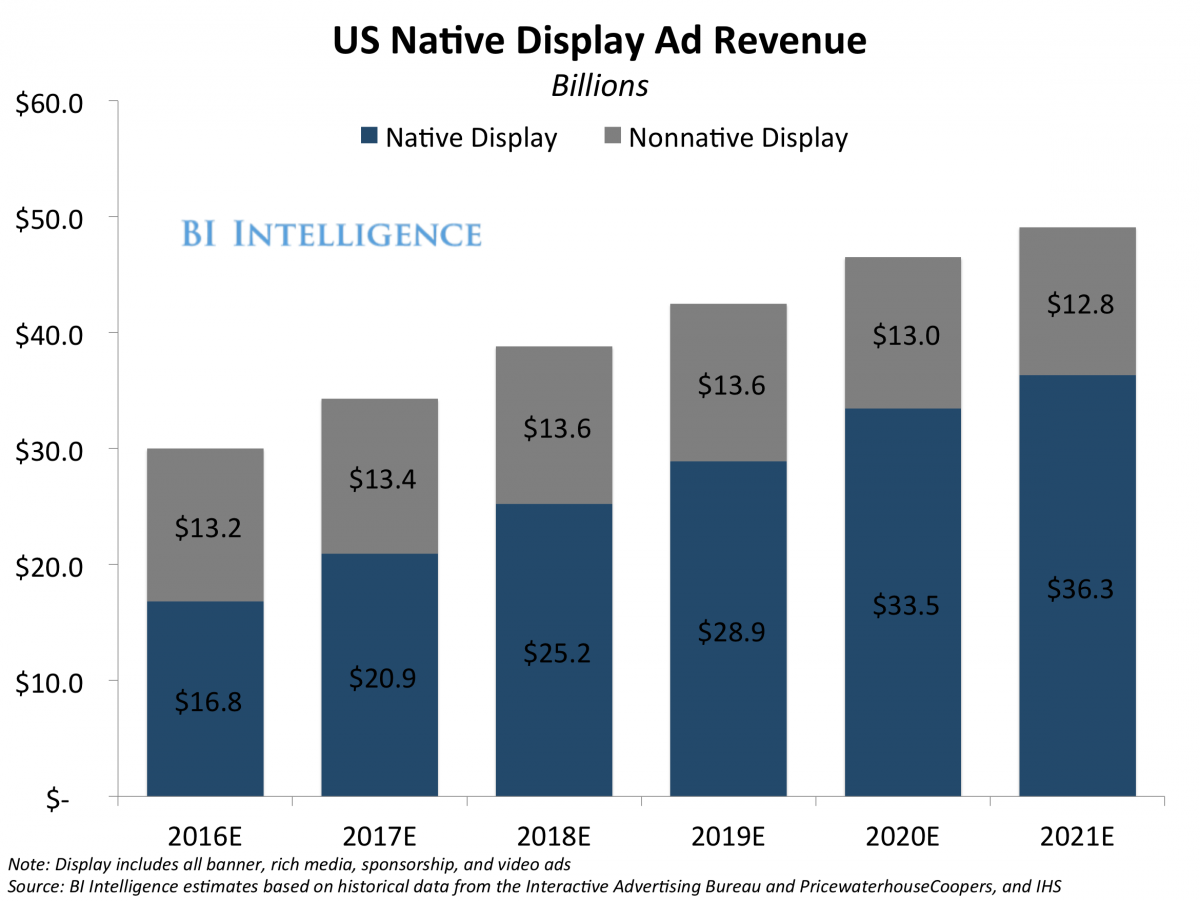Native advertising—ads that have the look and feel of the content that surrounds them—are not really new.
Ever since the first radio programs interviewed sponsors about their businesses and early magazines turned over parts of their issues to “advertorials,” smart advertisers have tried to slip their messages under the radar of wary target audiences.
But today, native advertising is one of the hottest areas of the online advertising world for three simple reasons:
- Native ads are an effective way to get an advertising message around ad blocking software.
- Native ads are proven to have higher levels of engagement than traditional non-native ads.
- And perhaps most importantly, for many of the fastest-growing social media applications, like Twitter and Instagram, native advertising is the only way to reach their audiences.
Digital ad spending is on the rise, and no area is rising faster than native advertising. Native ads come in many forms, but all share the common goal of not “looking” like an ad.
So whether you’re talking about native display ads, sponsored content, or even the virtual reality native ads of the future, understanding and having a strategy for native advertising is an imperative for every advertiser, publisher, ad agency…in short, any organization that interacts with its customers online.











